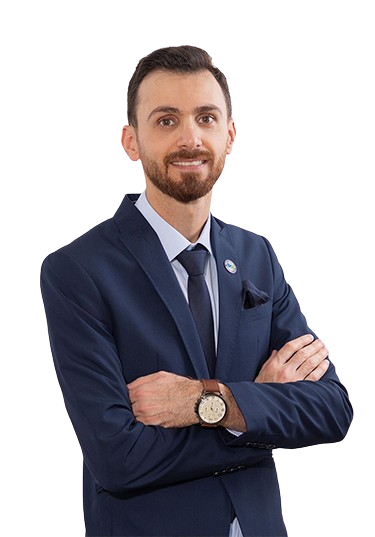Bypass surgery is performed frequently nowadays, both in men and women. Bypass surgery is meant for patients with clogged (coronary) arteries of the heart, where medications, ballooning or stenting cannot help anymore. Bypass surgery in advanced cases of heart artery disease can be the more promising solution to pursue. Bypass surgery in our times can be performed safely and efficiently, at very low risk, depending on every patient's history and concurrent problems.
Reason for the Procedure
Heart valve surgery is a procedure to treat heart valve disease. Heart valve disease involves at least one of the four heart valves not working properly. Heart valves keep blood flowing in the correct direction through your heart.
The four valves are the mitral valve, tricuspid valve, pulmonary valve and aortic valve. Each valve has flaps — called leaflets for the mitral and tricuspid valves and cusps for the aortic and pulmonary valves. These flaps open and close once during each heartbeat. Valves that don't open or close properly disrupt blood flow through your heart to your body.
In heart valve surgery, your surgeon repairs or replaces the affected heart valves. Many surgical approaches can be used to repair or replace heart valves, including open-heart surgery or minimally invasive heart surgery.
Your treatment depends on several factors, including your age, your health, the condition of the affected heart valve and the severity of your condition.
Aortic root surgery is a procedure to treat an enlarged section, or aneurysm of the aorta. The aorta is the large blood vessel that carries blood from the heart to the body. The aortic root is located near where the aorta and heart connects.
Why it's done
Doctors perform aortic root surgery to prevent a burst aneurysm. They also perform it to prevent a tear in the inner layer of the aorta's wall (aortic dissection). They also do it to prevent the enlarged aorta from stretching the attached aortic valve. Aortic aneurysms near the aortic root may be related to Marfan syndrome and other heart or inherited conditions.
Minimally invasive heart surgery involves making small incisions in the right side of your chest to reach the heart between the ribs, rather than cutting through the breastbone, as is done in open-heart surgery.
Minimally invasive heart surgery can be performed to treat a variety of heart conditions. Compared with open-heart surgery, this type of surgery might mean less pain and a quicker recovery for many people
Your child's heart is not like an adult's. It's not like any other child's heart. At Zulekha Hospital, we understand that. Our pediatric heart surgeons perform a broad range of children's heart surgeries and provide the unique care your child needs. They also are part of a highly skilled, compassionate team that's dedicated to delivering the best care to achieve the best outcomes for children of all ages
Heart surgery in children is done to repair heart defects a child is born with (congenital heart defects) and heart diseases a child gets after birth that need surgery. The surgery is needed for the child's wellbeing.
There are many kinds of heart defects. Some are minor, and others are more serious. Defects can occur inside the heart or in the large blood vessels outside the heart. Some heart defects may need surgery right after the baby is born. For others, your child may be able to safely wait for months or years to have surgery.
Common Types of Heart Defects in children:-
This is a hole in the wall (septum) that separates the two upper chambers of the heart. This defect allows oxygen-rich blood to leak into the oxygen-poor blood chambers in the heart. A small hole may close on its own, but a larger one usually requires device closure or surgery.
This defect involves a hole in the wall (septum) separating the two lower chambers of the heart. The oxygen-rich blood then gets pumped back to the lungs instead of out to the body, causing the heart to pump harder. A small hole may close on its own, but a larger one usually requires device closure or surgery.
This heart defect, which is present at birth, the two main arteries leading out of the heart, the pulmonary artery and the aorta, are switched in position or transposed.
Canal defect is a large hole in the center of the heart. It's located where the wall (septum) between the upper chambers (atria) joins the wall between the lower chambers (ventricles). This septal defect involves both upper and lower chambers. Also, the tricuspid and mitral valves that normally separate the heart's upper and lower chambers aren't formed as individual valves. Instead, a single large valve forms that crosses the defect in the wall between the two sides of the heart.
In this condition the aorta (the main artery that carries blood from the heart to the body) is narrowed or constricted.
In most children, the cause isn't known. Some children can have other heart defects along with coarctation.
Coarctation obstructs blood flow from the heart to the lower part of the body. Blood pressure increases above the constriction. The blood pressure is much higher than normal in the left pumping chamber (left ventricle) and the heart must work harder to pump blood through the constriction in the aorta. This can cause thickening (hypertrophy) and damage to the overworked heart muscle.
A pulmonary shunt is a pathological condition which results when the alveoli of the lungs are perfused with blood as normal, but ventilation (the supply of air) fails to supply the perfused region. In other words, the ventilation/perfusion ratio (the ratio of air reaching the alveoli to blood perfusing them) is zero
(teh-TRAL-uh-jee of fuh-LOW) is caused by a combination of four heart defects that are present at birth (congenital).
These defects, which affect the structure of the heart, cause oxygen-poor blood to flow out of the heart and to the rest of the body. Infants and children with tetralogy of Fallot might have blue-tinged skin because their blood doesn't carry enough oxygen.
Tetralogy of Fallot is often diagnosed during infancy or soon after. However, tetralogy of Fallot might not be detected until later in life in some adults, depending on the severity of the defects and symptoms.
With early diagnosis followed by appropriate surgical treatment, most children and adults who have tetralogy of Fallot live relatively normal lives, though they'll need regular medical care throughout life and might have restrictions on exercise.

MD, FACP, FACC, FSCAI
Consultant Interventional Cardiologist
(Visit Dates : 24th - 26th November, 2025)
Book an Appointment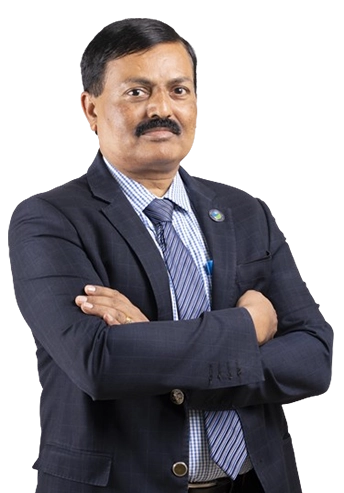
MBBS, MS, Mch(CTVS), FAIS, FCCP
Specialist Cardiothoracic & Vascular Surgeon
(Appointment is subjected to the availability of doctor)
Book an Appointment
M.B.B.S, MD Cardiothoracic Surgery
Consultant Cardiac Surgeon
Book an Appointment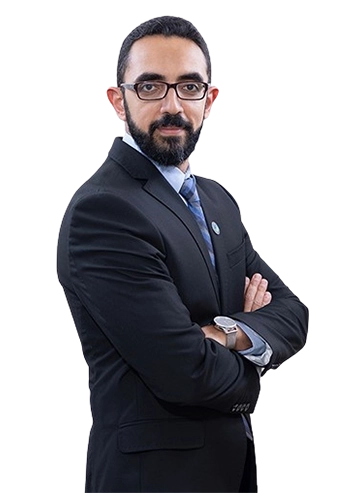
MBBCH, MD Cardiology, FESC, FSCAI
Consultant Interventional Cardiology
Book an Appointment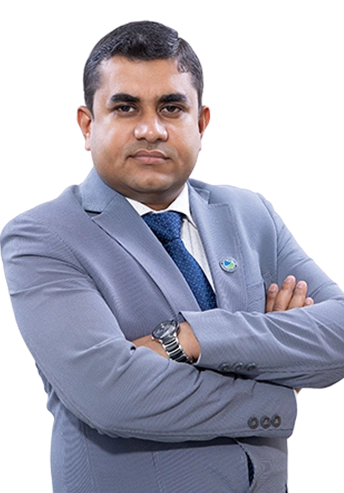
MBBS, MD Medicine (AIIMS Delhi), DM Cardiology (PGIMER, Chandigarh), FACC
Specialist Interventional Cardiologist
Book an Appointment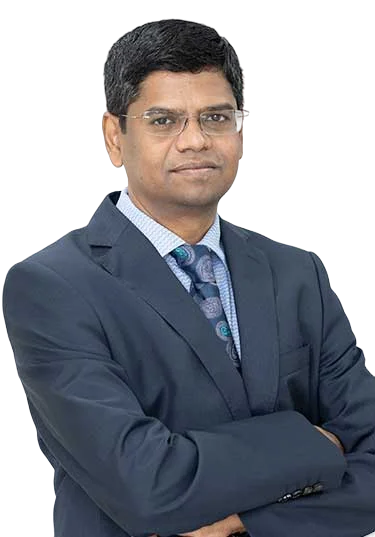
MD (Medicine), DM (Cardiology)
Specialist Interventional Cardiologist
Book an Appointment
Inter University Diploma of Medical Specialty in Thoracic and Cardiovascular Surgery D.I.M (PhD. in medicine) Faculty of Medicine
Specialist Cardio Vascular Surgeon
Book an Appointment
MBBS, MS, Mch(CTVS), FAIS, FCCP
Specialist Cardiothoracic & Vascular Surgeon
(Appointment is subjected to the availability of doctor)
Book an Appointment
M.B.B.S, MD Cardiothoracic Surgery
Consultant Cardiac Surgeon
Book an Appointment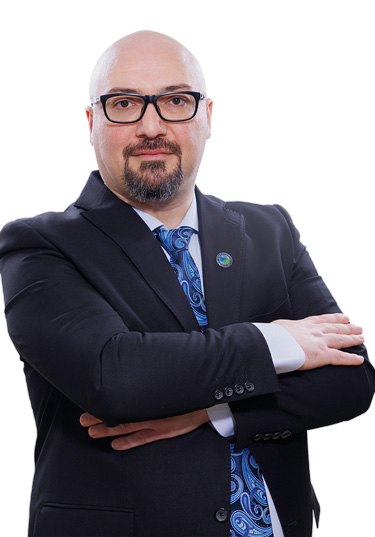
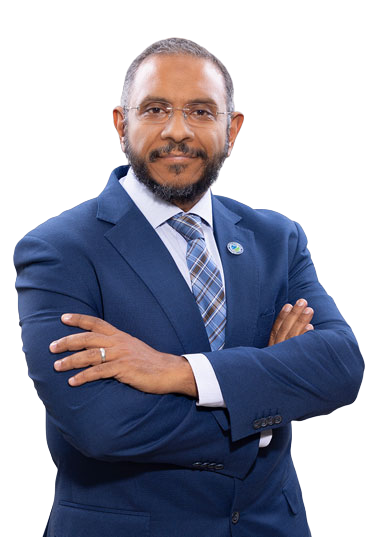
Bachelor of Medicine from Cairo University Egypt, Master Degree In Cardiovascular Medicine from Cairo University Egypt, Doctorate Degree In Cardiovascular Medicine from Cairo University Egypt, A certified 3 year clinical fellowship in Complex Coronary & Peripheral Intervention at Careggi Hospital Florence University Hospital, Florence, Italy, Licensed Interventional Cardiologist at MOH, DHA, DHCC UAE
Consultant Interventional Cardiology
Book an AppointmentDr Mahmoud Farouk has over 13 years of experience in the field of Interventional Cardiology. Prior joining Zulekha Hospital, he served in Amina Hospital, Ajman as Consultant Interventional Cardiology and Head of Cardiology Department. Dr Farouk had been associated with multiple hospitals in UAE and Egypt as a Consultant Interventional Cardiology and Head of Cardiology Department and also worked as Assistant Professor of Cardiology in Cairo University, Egypt in his primary years of practice.
